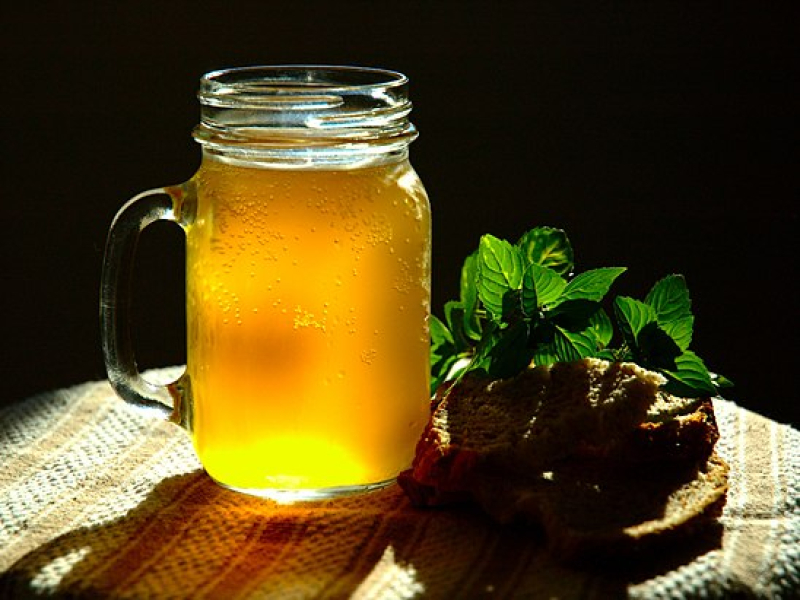Bachelor's student
Top Traditional Russian Food To Try for Foreigners: Part 2
In the first part of this blog, I went over a few of the major appetizers and dishes in Russian cuisine, and now it’s time to cover the best part of any meal: dessert.

For the "third" dish, there were two desserts that really stood out to me as unique, delicious, and very popular with the Russians. Blini, while being the most famous dessert, are very similar to French crepes and other European pancakes. However, these two dishes stood out to me:
-
Syrniki — my personal favorite! These pancake-like desserts are made from quark, or, as it’s called in America, farmer’s cheese. Syrniki taste sweet, but the quark gives them just enough of a specific tang that enchants me every time. I just go nuts over syrniki! It’s mildly difficult to find tasty, high-quality syrniki, so I learned how to make them myself (after consulting Russian friends first for their recipes).

-
Pirozhki — baked or fried buns, with a million variations and filled with different ingredients. There's one out there for everyone! They are the most common and easiest to find out of everything on this list. You can find them at a bakery or cafe on every block. My personal favorites are the ones with steamed cabbage (when I'm a bit hungrier) and the ones with apples (when I'm craving something sweet).
Finally, two of the main drinks in the Russian diet are mors and kvass:
-
Mors — you can find this sweet non-carbonated berry drink in just about every single restaurant or eatery without exaggeration. It’s most often prepared with cranberries and lingonberries. Speaking of berries, you can find so many interesting ones in Russia! Lingonberries, sea buckthorns, and bilberries are all berries that are very common here, but ones I’ve never had before. They’re all unique with interesting tastes and are highly nutritious.
-
Kvass — a fermented cereal-based beverage with very low amounts of alcohol. It's not classified as alcoholic, and you can buy it at any age. Once again, kvass is a drink very specific to Russia. It has a very specific taste, but I am a fan.

Where to taste these foods
If you've arrived in Russia, wanting to try new dishes, here’s where you can find most of them. For the drinks, they can be found in any grocery store or restaurant. For the food, if it’s not within your budget to go to a fancy cafe, I highly recommend Teremok, which is an accessible restaurant that sells blinis and other traditional Russian food (it's a chain, so one can be found easily almost anywhere in the city). Another place to find these dishes would be in stolovayas, which are Russian canteens, which have a wide spread of foods you can point at and choose. But be careful about the quality of the food, just in case. Better safe than sorry!
The easiest way, however, to try traditional Russian food, is to make a Russian friend and try and visit them when they decide to cook something. Or, if they have family in the city, schmooze their grandma into giving you delicious desserts. Success is guaranteed.

In conclusion, there were so many new cultural foods I've never had before. It was an exciting process, discovering whether I liked them or not. I noticed Russians aren't big on spicy food, but are very fond of pickled food. They use lots of potatoes and cabbage. Good luck in your culinary adventures!
